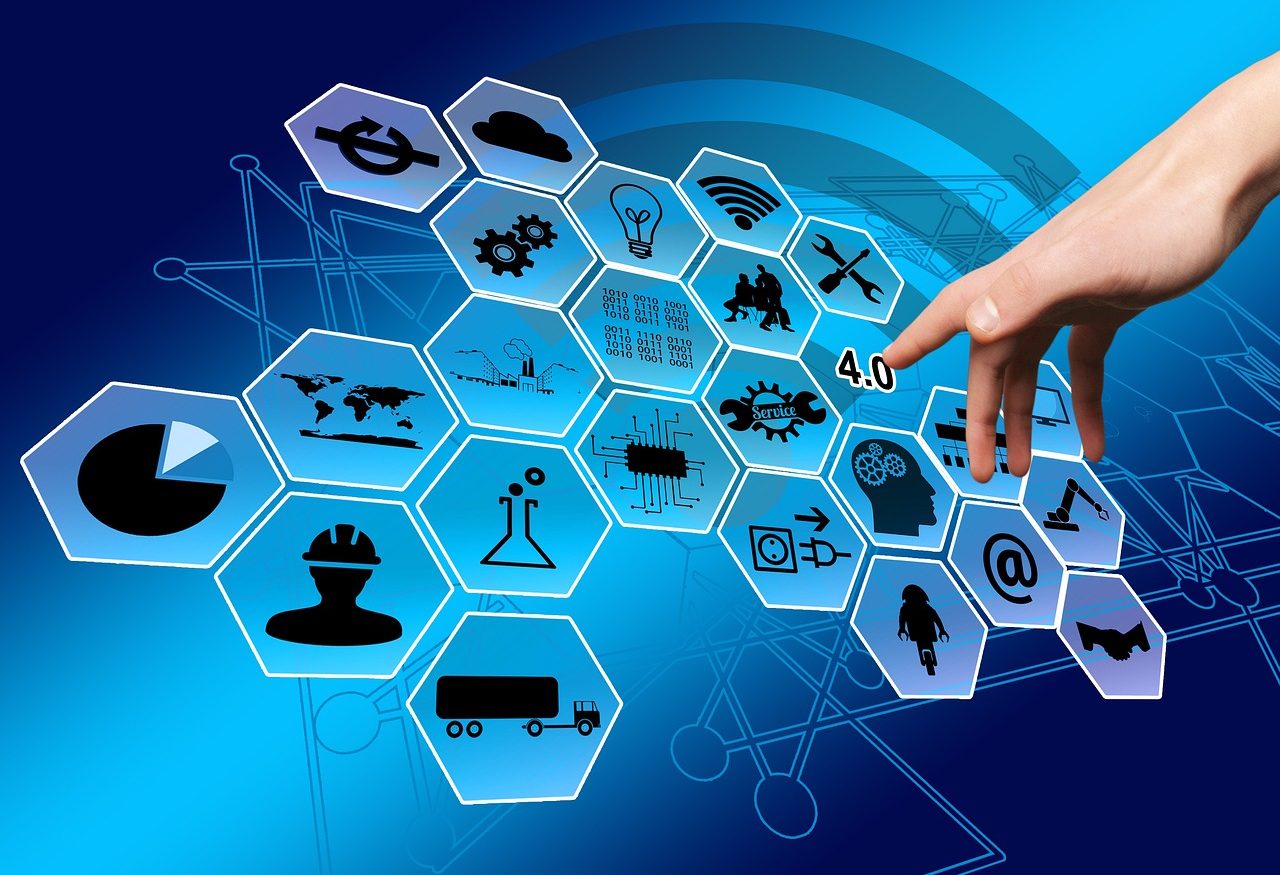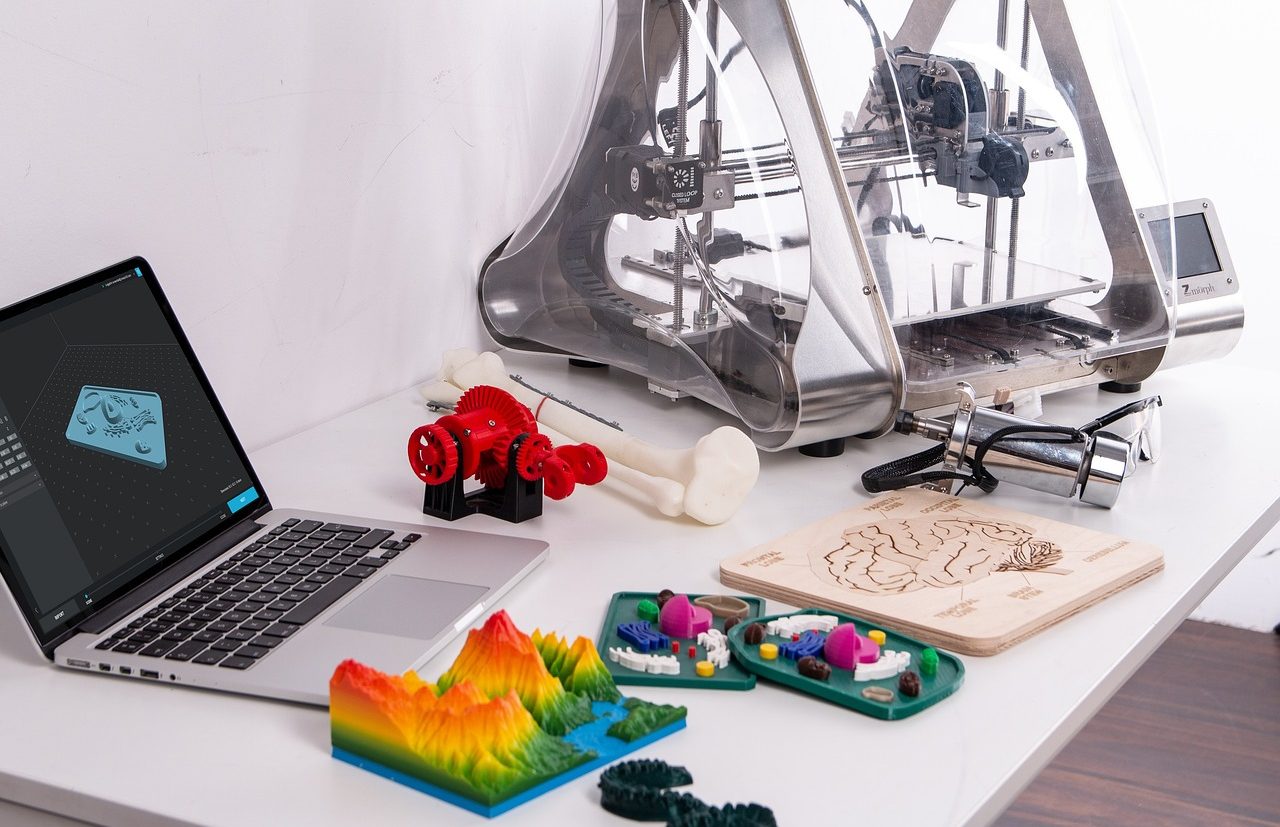
Industry 4.0 emerged thanks to technological development.
Technological development is the process that allows creating a new technology or improving an existing one to satisfy a need or achieve the resolution of a problem. Generally the concept is associated with the discovery or invention of methods, devices or resources that increase the productivity of services and goods.
It should be considered that the idea of development is linked to advancement, progress, evolution or growth. Technological , meanwhile, is that related to technology: the techniques and theories that make it possible to take advantage of scientific knowledge in a practical way.
Technological development, in this way, implies the use of knowledge for the development of novel systems, products, materials or processes . To generate a disruptive innovation, financing is required, since money is needed to carry out research, tests, prototypes, etc.
Importance of technological development
Technological development is key in multiple aspects. As we already indicated, it can lead to greater productivity or provide more efficiency in productive work.
This means that it is possible to produce more goods using the same amount of resources . Another option is to maintain the production rate although using fewer factors.
An advantage of technological development is that it helps solve a problem or satisfy a need . To mention a simple example: the invention of the refrigerator, refrigerator, or refrigerator made it easier to preserve food, preventing it from rotting in the short term.
Even technological development can generate a new market . If we think about digitalization and high-speed Internet, these achievements allowed the emergence of streaming platforms that already have millions of users and obtain substantial income.

Technological development led to the emergence of e-commerce (electronic commerce).
Its stages
It is possible to recognize three stages in technological development:
- Invention : This is the postulation of a novel idea with the means required to carry it out.
- Innovation : It involves using the idea to achieve an improvement in an existing technology or to establish a new one.
- Diffusion : It consists of making the innovation known. First it usually spreads in the scientific community, then it reaches the corporate sphere and finally it spreads among the general population.
Another way to understand the various phases of technological development is to distinguish between the different research tasks:
- Basic or fundamental research : Allows the generation of new scientific knowledge. This work is not oriented towards a specific application.
- Applied research : In this case, the aim is to produce knowledge that serves a specific purpose.
- Technological development itself : Scientific knowledge results in the implementation of new procedures, the creation of novel goods or services, etc.

3D printing is a technological development of increasing importance.
Examples of technological development
Examples of technological development are numerous. It must be considered that it is a process with different edges and that, in a certain sense, never stops. If we examine what happened with the technological development that allowed the emergence of personal computers (PC) and the Internet , this dynamic continued with the emergence of cloud computing , Internet of Things (IoT) , collaborative platforms and networks. social .
Let's think about artificial intelligence (AI) . Through neural networks, algorithms, machine learning and other resources, this technological development has multiple applications and is expected to add many more in the future. The analysis of large amounts of information ( big data ) is one of the possibilities offered by artificial intelligence, as is automated health care via telemedicine , the operation of autonomous vehicles and customer or citizen service through chatbots. .
Technological development includes advances in robotics and drone manufacturing. Precision agriculture is a field that emerged thanks to this type of devices and high-resolution cameras , GPS tracking technology , sensors and actuators .
Virtual reality (VR) , augmented reality (AR) and smart cities are other examples of technological development. Teleworking was also established thanks to the progress of technology , which now makes it possible to fulfill certain work obligations remotely.
Possible obstacles
The benefits brought by technological development are evident. However, there are also certain negative aspects and obstacles that must be considered.
Technological development requires a high investment . Many times these disbursements must be sustained over time without producing tangible results or economic benefits.
Another issue to consider is that technological development can lead to products that fail to captivate consumers . In these cases, recovering the investment is almost impossible and it is likely that the product will soon become obsolete.
Obsolescence , on the other hand, is a challenge that must be faced. There are technological developments that soon lose value due to the advance of science, even before becoming profitable.
Finally, we cannot fail to mention the possible technical problems . From security flaws to compatibility issues, various factors can be noticed when the product is launched on the market or in previous instances.
Beyond these realities, the truth is that technological development is positive for a society. Specific problems or certain exceptions do not overshadow everything that this progress offers to the population and the economy in general.
